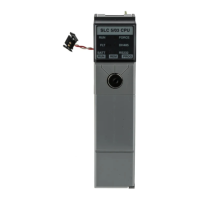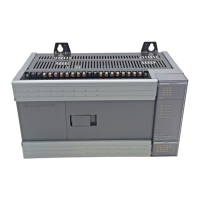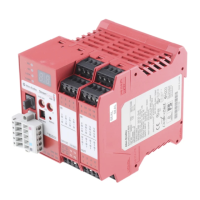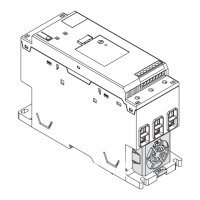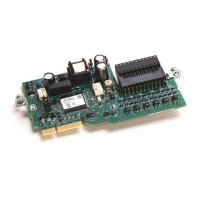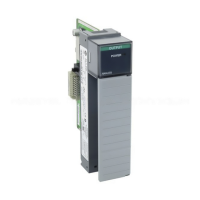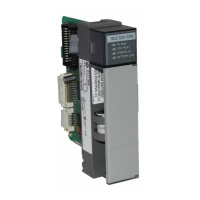274 •
••
• ASCII Flex Protocol QUICKDESIGNER
Send Command
The main purpose of a Send Command is transmit commands to a controller. A Send Command can
contain the following components: String Literals, Embedded Register Fields, and Byte Literals. For
example: {RF22 \*Prec 5}\13\10 is a command string.
String Literal: Elements of a string command that is not an embedded register or a Byte Literal. In the
above example, 'Set Speed' is a string literal.
Embedded Register Field: This is the tag name used to read or write data in a string command. The tag
name is set apart from the rest of the command string by brackets. In the above example, {RF22} is an
embedded register field.
Byte Literal: The Byte Literal can be any printable or non-printable characters such as the carriage
return, comma, new line and form feed. The ASCII value of the character is used. The characters
can form strings. In the above example, \13\10 is a byte literal string for a carriage return and a line
feed.
Command strings are limited to 80 characters. See the Appendix for more information about the syntax
used in the String Commands.
Receive Command
The Receive Command has two main purposes. It used to verify that the string sent from controller
matches the format of the command and to extract data from the string so it can be stored in a register.
For example: Get Speed {RF23}.
String Literal: Elements of a string command that is not an embedded register or a Byte Literal. In the
above example, 'Get Speed' is a string literal.
Embedded Register Field: This is the tag name used to read or write data in a string command. The tag
name is set apart from the rest of the command string by brackets. In the above example, {RF23} is an
embedded register field.
Byte Literal: The Byte Literals are printable or non-printable characters such as the carriage return,
comma, new line and form feed. The character in the Receive Command should match the character
in the string received from the controller. The Byte Literals can be grouped to form a string.
Prompted Send Command
This command is just like the Send Command except that it waits for a Prompt from the controller,
before doing the Send.
Unsolicited Receive Command
It is a special type of Receive Command. The command can be received from the controller in two
ways: 1) The Quick Panel could be waiting for a particular Receive Command inside a Sequence and
receive a command other then the intended command , 2) or the Quick Panel was not processing a
Sequence and received a command anyway. The Unsolicited Receive Command will be processed
by the Quick Panel in the following way. When an Unsolicited Receive Command is received, the
Sequences which begin with Receive Commands will be searched. The command received from the
controller will be compared to the first Receive Command of each Unsolicited Sequence. If there is a
match, that Sequence will be processed .
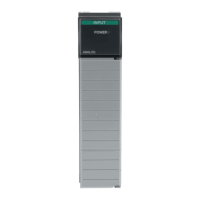
